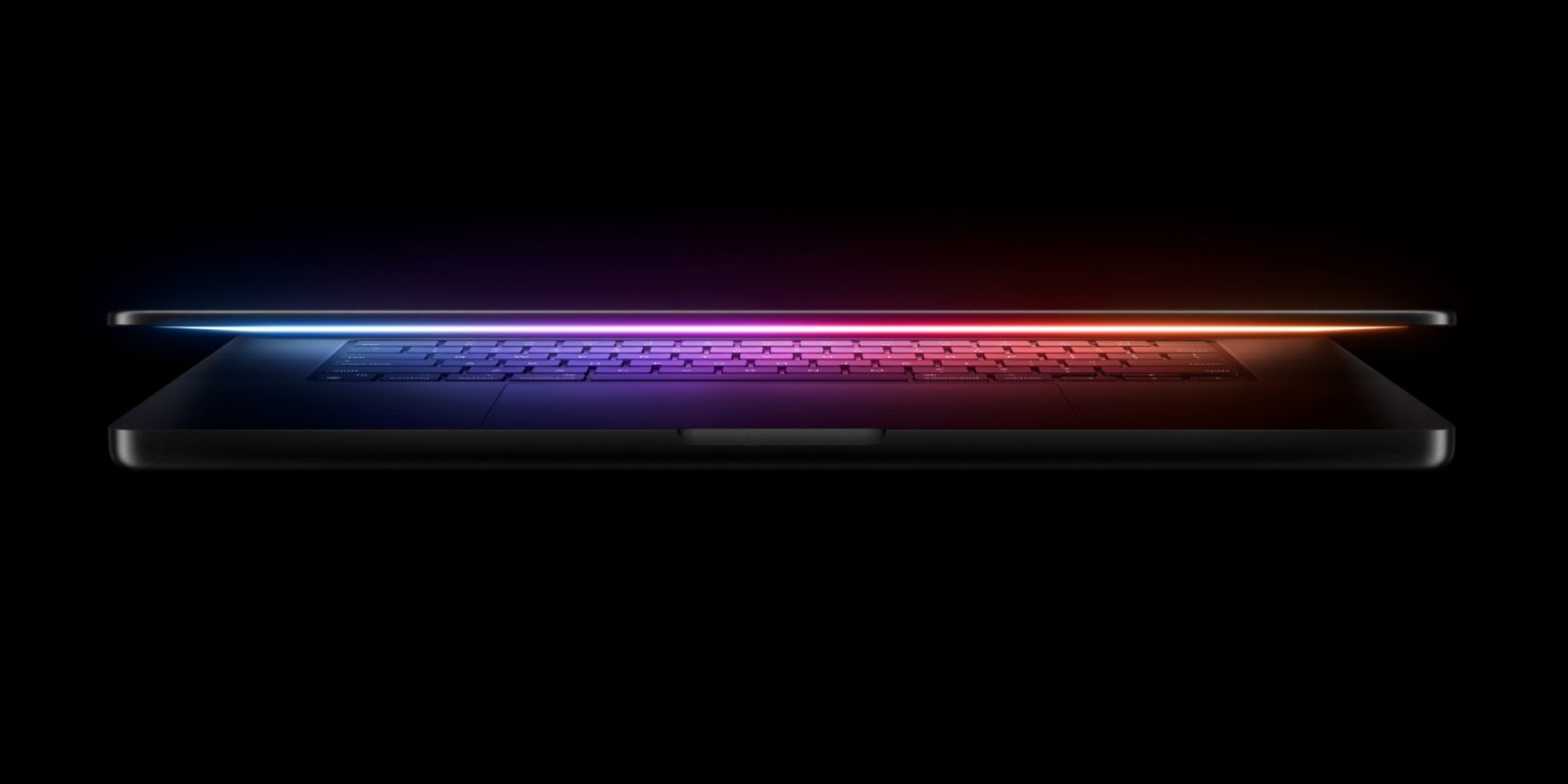In a significant move to bolster its semiconductor design capabilities, Apple Inc. has acquired IC Mask Design, an Irish firm renowned for its expertise in chip layout and processor design. This acquisition underscores Apple’s commitment to advancing its in-house chip development, a critical component of its product innovation strategy.
Background on IC Mask Design
Founded in 2002 and headquartered in Limerick, Ireland, IC Mask Design has established itself as a leader in integrated circuit (IC) layout services. The company specializes in providing comprehensive design solutions, including analog, digital, and mixed-signal layouts. Their clientele spans various sectors, such as telecommunications, automotive, and consumer electronics, reflecting the versatility and applicability of their design expertise.
Apple’s Semiconductor Strategy
Apple’s foray into custom chip design began in earnest with the introduction of the A4 chip in 2010, which powered the first-generation iPad. This marked the beginning of a series of proprietary processors that have since become integral to Apple’s product lineup, including the A-series chips for iPhones and iPads, and the M-series chips for Macs. By developing its own processors, Apple has achieved greater control over performance optimization, energy efficiency, and integration between hardware and software.
Implications of the Acquisition
The integration of IC Mask Design into Apple’s operations is poised to yield several strategic advantages:
1. Enhanced Design Expertise: IC Mask Design’s proficiency in complex chip layouts will augment Apple’s existing design teams, potentially leading to more innovative and efficient processor architectures.
2. Accelerated Development Cycles: With additional resources and specialized knowledge, Apple can expedite the design and testing phases of chip development, reducing time-to-market for new products.
3. Intellectual Property Expansion: The acquisition brings a wealth of intellectual property related to IC design, strengthening Apple’s patent portfolio and providing a competitive edge in the semiconductor industry.
4. Talent Acquisition: IC Mask Design’s team of experienced engineers and designers will contribute to Apple’s talent pool, fostering a culture of innovation and technical excellence.
Contextualizing the Acquisition
This acquisition aligns with Apple’s broader strategy of vertical integration, wherein the company seeks to control more aspects of its product development and manufacturing processes. By bringing chip design in-house, Apple can tailor its processors to meet specific performance and efficiency goals, ensuring a seamless user experience across its devices.
Moreover, the move reflects a growing trend among tech giants to invest heavily in semiconductor capabilities. Custom chips allow companies to differentiate their products, optimize performance for specific applications, and reduce reliance on third-party suppliers. For Apple, this means the ability to design processors that are finely tuned to the requirements of its operating systems and applications, resulting in enhanced performance and battery life.
Historical Precedents
Apple’s acquisition of IC Mask Design is not an isolated event but part of a series of strategic moves in the semiconductor space. Notably:
– InVisage Technologies (2017): Apple acquired InVisage, a company specializing in advanced imaging sensors. This acquisition aimed to enhance the camera capabilities of Apple’s devices, leveraging InVisage’s QuantumFilm technology for improved low-light performance and image quality.
– Dialog Semiconductor (2018): Apple purchased a significant portion of Dialog Semiconductor’s business, including patents and personnel, to bring power management chip design in-house. This move was intended to improve battery efficiency and device performance.
These acquisitions illustrate Apple’s ongoing commitment to developing proprietary technologies that set its products apart in a competitive market.
Industry Implications
Apple’s acquisition of IC Mask Design may have broader implications for the semiconductor industry:
– Increased Competition: As Apple strengthens its in-house chip design capabilities, competitors may face heightened pressure to innovate and differentiate their offerings.
– Supply Chain Shifts: By reducing dependence on external chip suppliers, Apple can exert more control over its supply chain, potentially impacting the dynamics of the semiconductor market.
– Talent Acquisition Trends: This move may signal a trend toward tech companies acquiring specialized firms to secure talent and intellectual property, influencing hiring practices and partnerships within the industry.
Conclusion
Apple’s acquisition of IC Mask Design represents a strategic investment in the company’s future, emphasizing the importance of custom chip design in delivering high-performance, energy-efficient products. By integrating IC Mask Design’s expertise, Apple is well-positioned to continue its trajectory of innovation, offering devices that seamlessly blend hardware and software to meet the evolving needs of consumers.



